In the intricate social structure of a dog pack, certain breeds stand out for their natural leadership qualities. These dogs exhibit characteristics such as confidence, assertiveness, intelligence, and a strong sense of responsibility, making them natural-born leaders. They often take charge, whether in play, work, or daily pack dynamics, and display an innate ability to make decisions, maintain order, and provide guidance to other dogs. Leadership in dogs is not just about dominance; it’s about displaying traits that foster trust and respect from other pack members. This article explores seven dog breeds known for their inherent leadership qualities in dog packs, delving into the specific traits and behaviors that establish them as natural leaders among their canine counterparts.
1. German Shepherd
German Shepherds are renowned for their leadership abilities, often taking on alpha roles in dog packs. Originally bred for herding and guarding, they possess a balanced combination of intelligence, confidence, and assertiveness. German Shepherds are natural protectors and decision-makers, qualities that make them respected leaders. They have a strong working drive and thrive on responsibility, often taking initiative in both family and work settings. Their ability to assess situations and respond appropriately, along with their calm yet authoritative demeanor, ensures their position as leaders in canine groups.
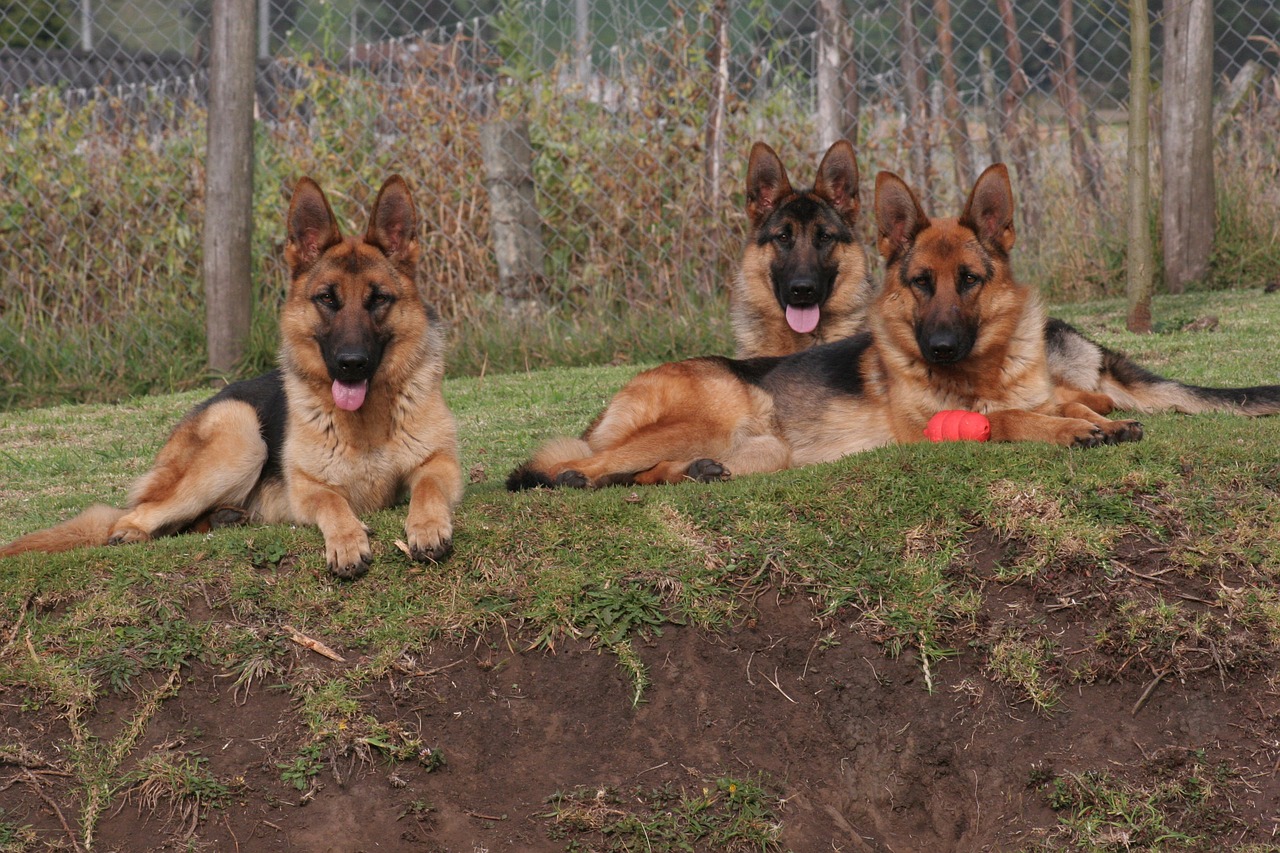
2. Border Collie
Border Collies, known for their unmatched herding abilities, also exhibit strong leadership qualities in dog packs. They are highly intelligent, and energetic, and possess an innate understanding of pack dynamics. Border Collies are excellent at strategizing and problem-solving, often taking the lead in coordinating group activities or play. Their keen observation skills and ability to communicate effectively through body language make them natural leaders. In a pack setting, they often use these skills to manage and direct other dogs, showcasing their inherent ability to lead.
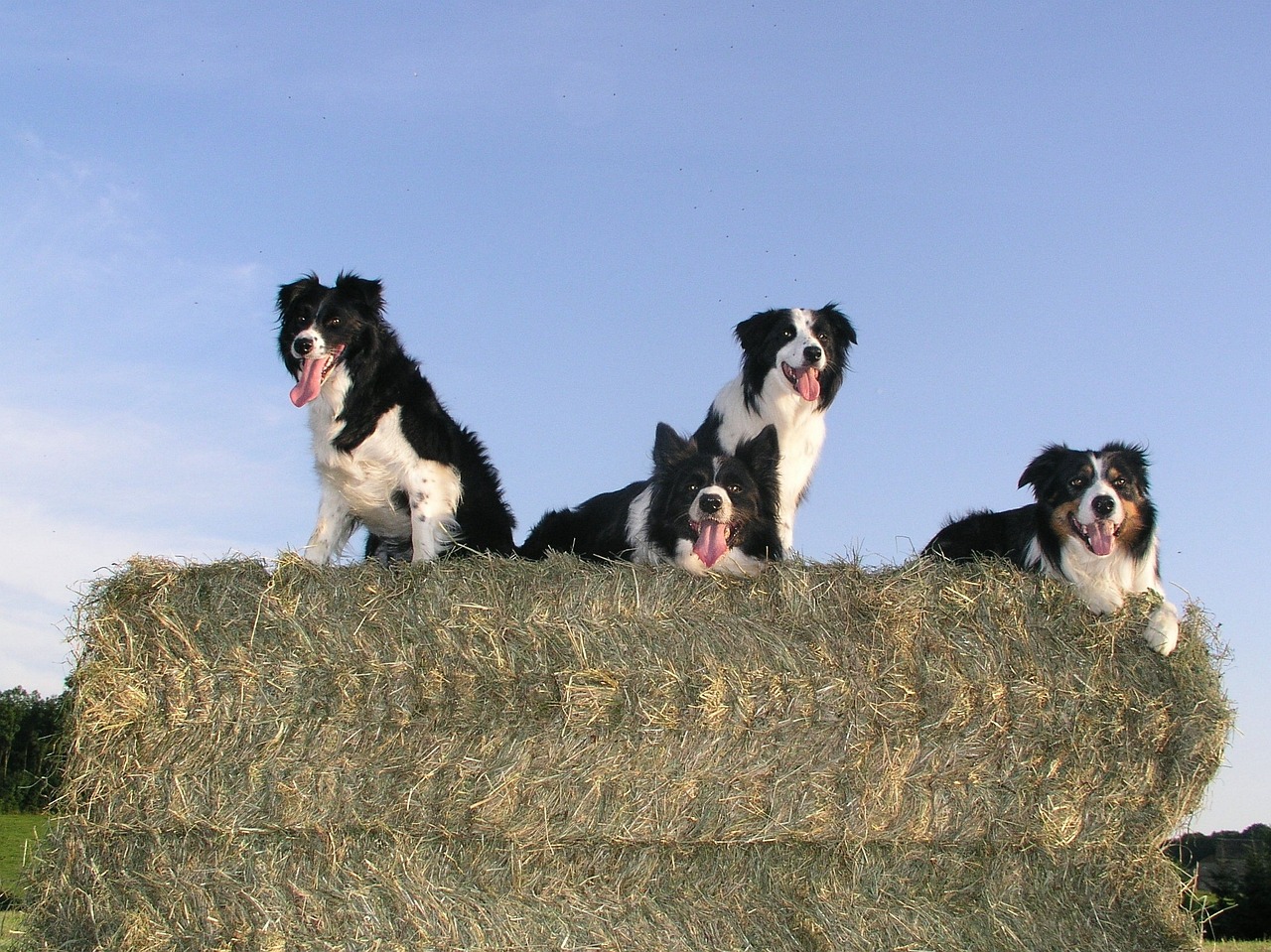
3. Rottweiler
Rottweilers are natural pack leaders, known for their strength, confidence, and protective instincts. Originally bred to herd livestock and pull carts, they have a commanding presence that demands respect. Rottweilers are confident decision-makers and are known for their calm but assertive leadership style. They are protective of their pack and can be relied upon to take charge of guarding and safety roles. Their loyalty and sense of responsibility towards their pack members make them effective and respected leaders.

4. Doberman Pinscher
Doberman Pinschers are characterized by their alertness, intelligence, and fearless nature, making them natural leaders in dog packs. Bred initially as guard dogs, they have a strong protective instinct and a confident demeanor. Dobermans are quick to assess situations and take action, often leading by example. Their high trainability and disciplined nature enable them to take on leadership roles effectively, guiding and protecting other pack members. The Doberman’s combination of brains and brawn makes them a commanding presence in any canine group.

5. Alaskan Malamute
Alaskan Malamutes, one of the oldest sled dog breeds, are known for their strength and endurance, as well as their leadership qualities. In a pack, they often assume the role of a leader due to their size, strength, and confident nature. Bred to pull heavy loads over long distances, Malamutes have a natural ability to lead, particularly in teamwork and collaborative tasks. Their resilience and ability to navigate challenging environments make them reliable leaders in pack settings, often guiding and supporting other members.
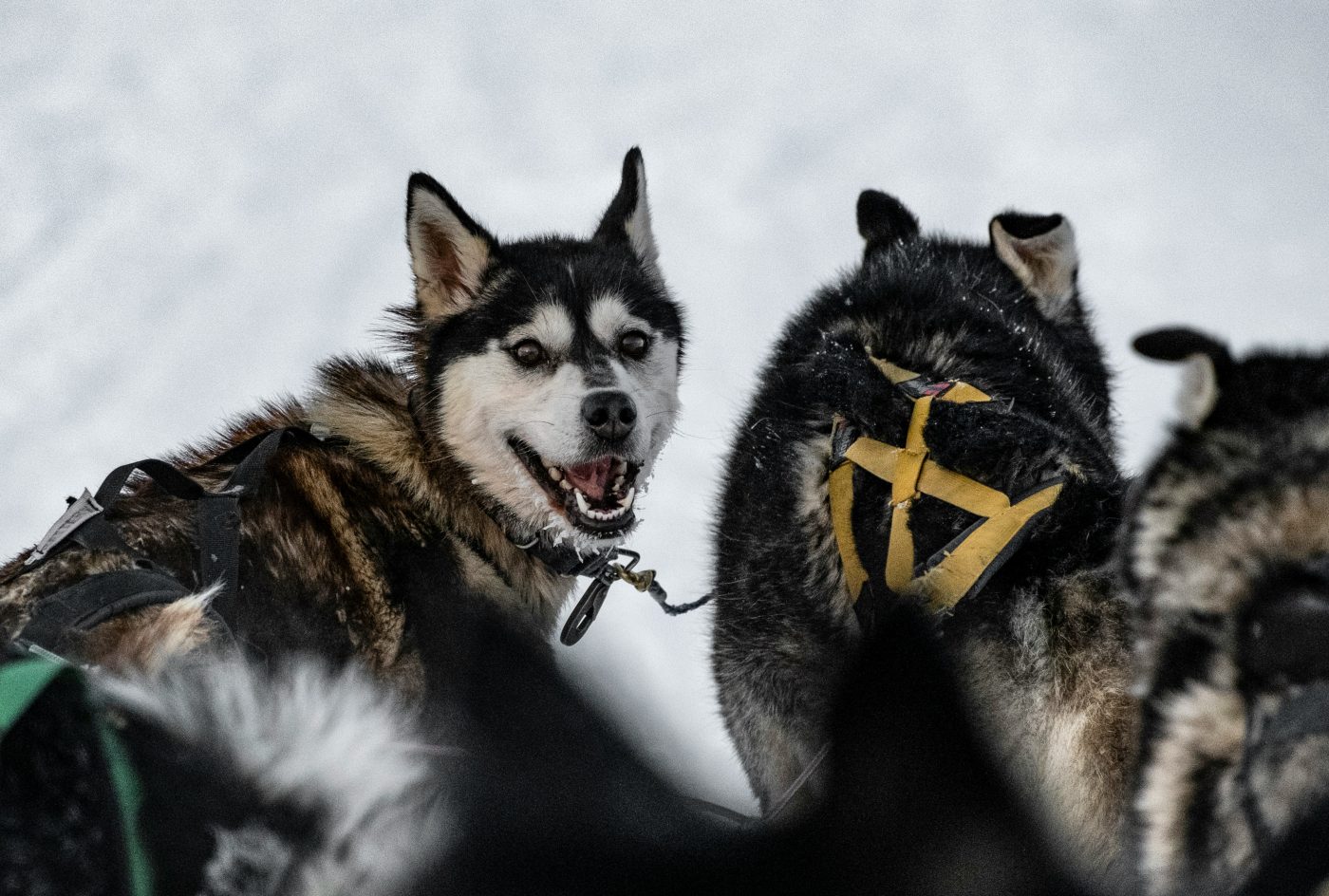
6. Akita
Akitas, originating from Japan, are known for their dignity, courage, and loyalty, traits that contribute to their leadership ability in dog packs. They are independent, strong-willed, and protective, often taking on a guardian role within the pack. Akitas are reserved and may not immediately assert dominance, but their calm and authoritative presence naturally positions them as leaders. Their loyalty and protective instincts towards their pack members make them respected and dependable leaders.
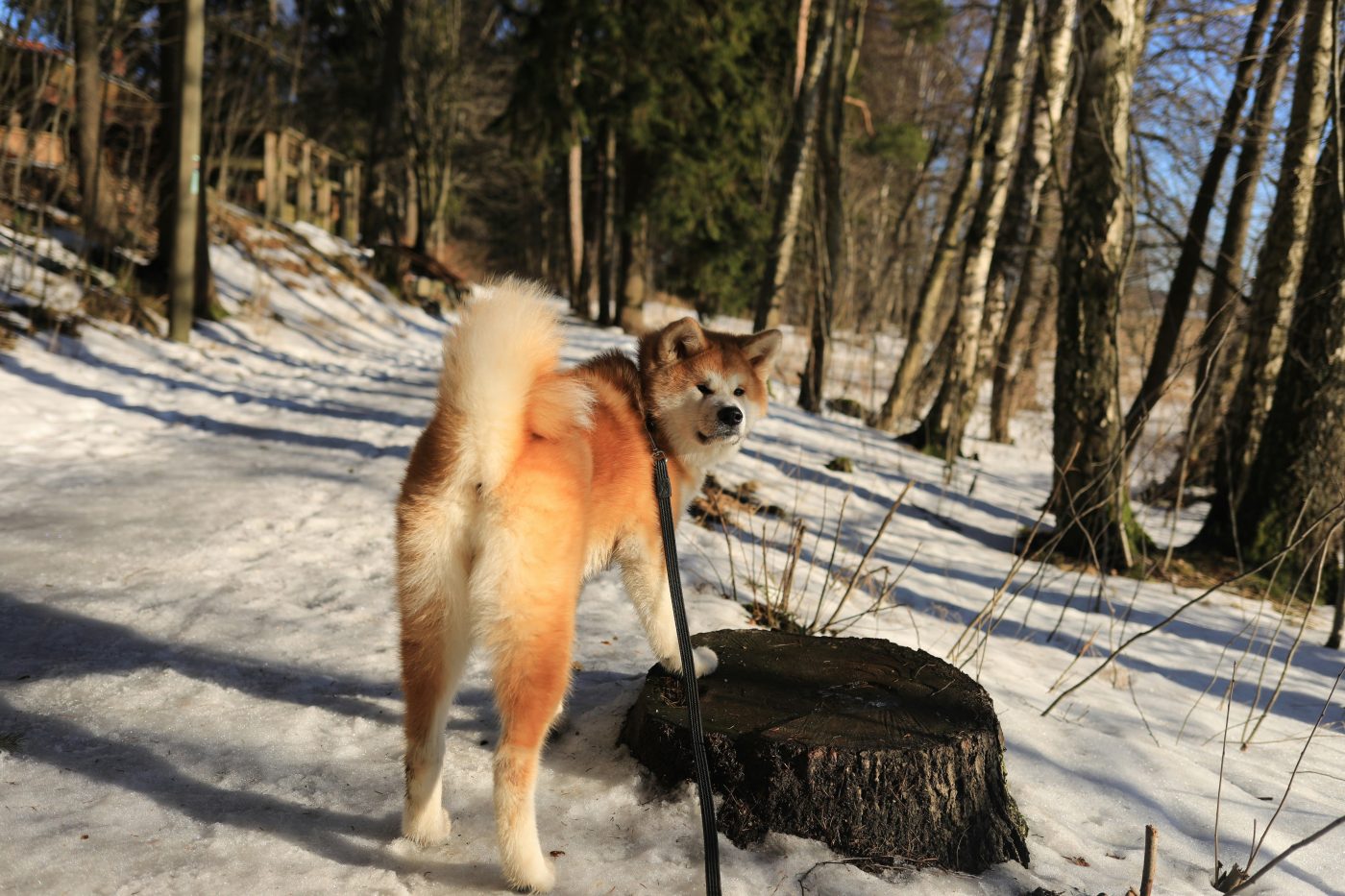
7. Boxer
Boxers are known for their playful spirit and high energy, but they also possess strong leadership qualities. They are intelligent, alert, and confident, with a natural inclination to protect and guide. Boxers are effective communicators and often use their body language and vocalizations to direct pack activities. Their protective nature and strong sense of responsibility towards their family and pack members often place them in leadership roles, where they guide and look out for the well-being of other dogs.
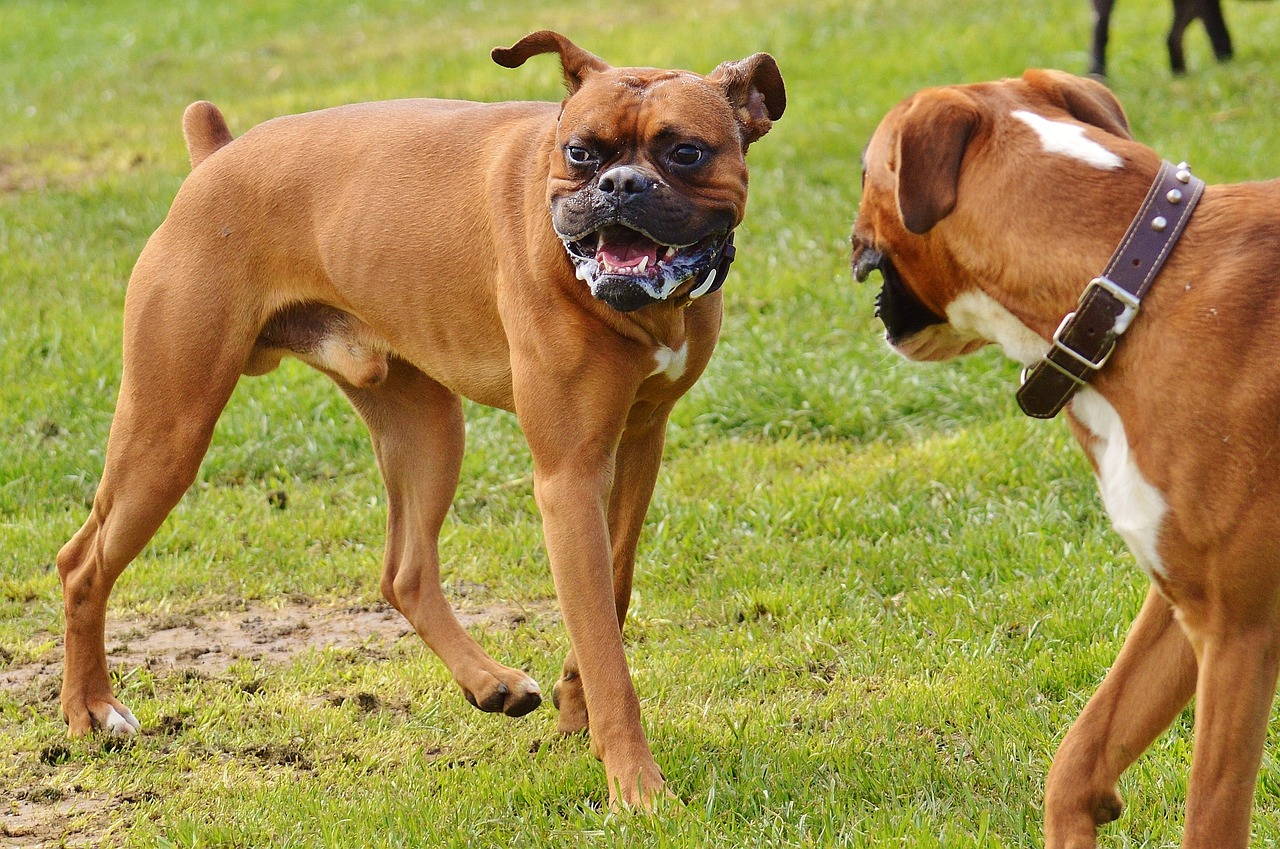
These seven dog breeds exemplify the qualities of natural-born leaders in canine packs. Each breed, with its unique combination of intelligence, strength, protective instincts, and communication skills, demonstrates the ability to take charge, guide, and protect other members of the pack. From the strategic Border Collie to the protective Rottweiler, these dogs show that leadership in the canine world is multifaceted, involving not just dominance but also responsibility, intelligence, and a deep understanding of pack dynamics. These breeds remind us of the complex social structures that exist within dog packs and the important roles that certain dogs play in maintaining order and harmony among their peers.
 Toledo, United States.
Toledo, United States.
